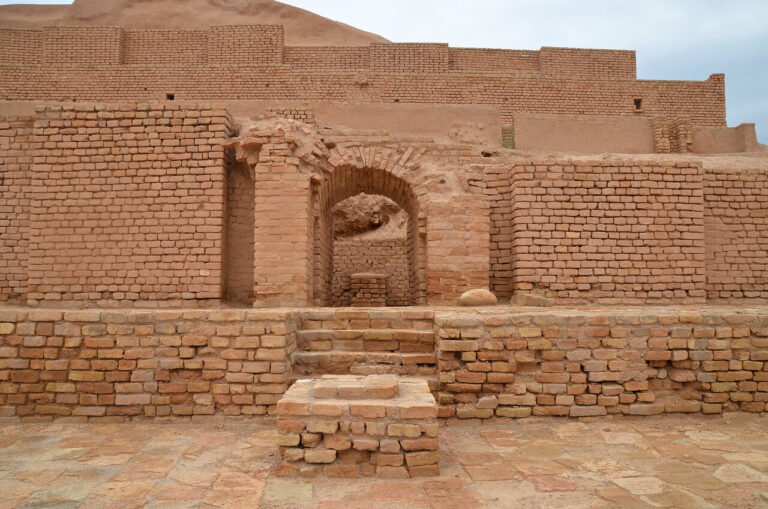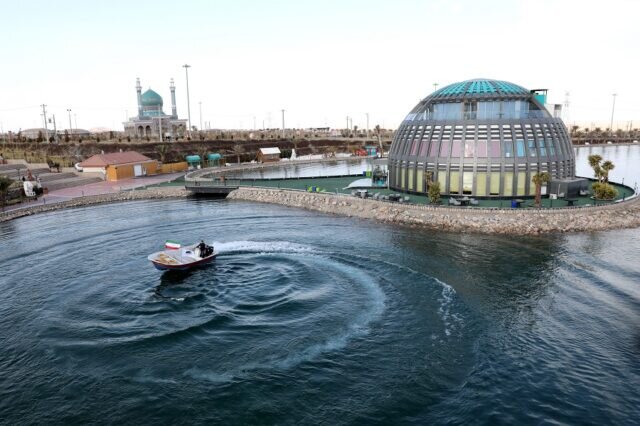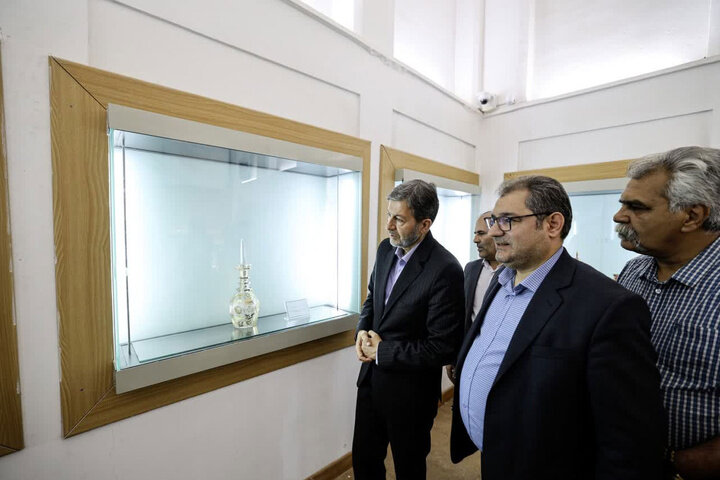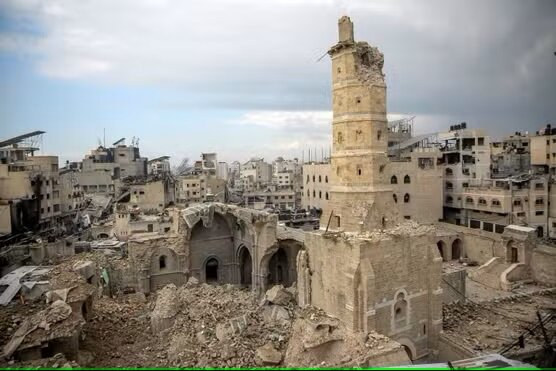
Similar Posts

Discover the UNESCO-Registered Rabab: A Cultural Treasure from Eastern Iran’s Sistan-Baluchestan
The Rabab, a traditional musical instrument from eastern Iran’s Sistan-Baluchestan province, is gaining cultural recognition. Alireza Izadi from the Ministry of Cultural Heritage emphasized the need to preserve the Rabab at a recent event, where he announced an upcoming National Council meeting to celebrate its UNESCO Intangible Cultural Heritage designation. The Rabab, with roots in the Baluch community, has been integral to various events and musical traditions, showcasing rich craftsmanship. Its recognition by UNESCO highlights its role in cultural exchange and social cohesion. Local efforts are crucial in maintaining the Rabab’s legacy for future generations.

Persepolis Enshrined in Scientific History: Newly Discovered Lichen Adds to Its Legacy
Researchers have discovered a new lichen species, Circinaria persepolitana, at 42 locations in Persepolis, Iran, marking a significant intersection of natural history and cultural heritage. This species, first identified on the stone structures of this UNESCO World Heritage site, thrives in areas like the Hall of Hundred Columns and the Gate of All Nations. Lichenologist Mohammad Sohrabi highlights the need for a balanced conservation approach, advocating cooperation between environmental and cultural heritage authorities. The discovery underscores the importance of preserving both biodiversity and historical monuments, urging responsible management to protect these valuable resources for future generations.

Revitalization of UNESCO World Heritage: Tchogha Zanbil Temple Restoration Unveiled
The conservation of the Inshushinak Temple at Tchogha Zanbil Ziggurat in Khuzestan has achieved a key milestone with the completion of its first phase. Led by Atefeh Rashnoei, the project aims to preserve the temple’s authenticity and integrity while ensuring long-term stability against deterioration. Adhering to international guidelines, the conservation efforts prioritize minimal intervention and the use of compatible materials. Historically significant as part of the Elamite civilization, the temple was built around 1250 BC and is a UNESCO World Heritage site. The ongoing project emphasizes the importance of preserving cultural heritage for future generations.

Grand Opening: West Asia’s Largest Tourism Park Unveiled in Southern Iran
Gohar Park, the largest tourism and entertainment complex in West Asia, has opened in Sirjan, Kerman province, Iran. Inaugurated by President Masoud Pezeshkian, the 380,000 square meter park features a massive artificial lake, a 92,000 square meter water park, an indoor amusement park, luxury accommodations, sports facilities, and a zoo. Developed with a 3 trillion toman investment, Gohar Park aims to boost the local economy and tourism sector by attracting global visitors. Kerman province, rich in cultural heritage, offers historical sites and vibrant markets, making Gohar Park a key destination for travelers seeking diverse experiences.

Isfahan Unveils Stunning Specialized Enameling Exhibition: A Celebration of Art and Culture
On May 18, the “Fire and Pattern” enameling exhibition opened at Isfahan’s Museum of Decorative Arts, coinciding with International Museum Day. Organized in collaboration with the Isfahan Enamel Association, it features 100 works by 50 artisans, showcasing Iran’s rich enamel art heritage. Attended by dignitaries, including Isfahan’s Governor-General, the exhibition runs for a month, allowing visitors to appreciate this ancient craft, which involves fusing glass to metal. Isfahan is a key center for enameling, renowned for its intricate designs and artistry, with a historical legacy dating back to the Safavid era and beyond.

WAC Urges Immediate Action on Gaza’s Cultural Heritage Crisis: An Urgent Statement
The World Archaeological Congress (WAC) has addressed the humanitarian and cultural crisis in Gaza, expressing deep concern over violence and the destruction of cultural heritage sites. In a statement following an Extraordinary Council Meeting, WAC President Koji Mizoguchi emphasized the ethical responsibilities of archaeologists and called for an immediate ceasefire, urging the Israeli government to halt actions that could be seen as genocide or collective punishment. WAC reaffirmed the importance of cultural heritage for human dignity and community resilience, committing to monitor the situation and advocate for the protection of cultural heritage globally amidst ongoing conflict.